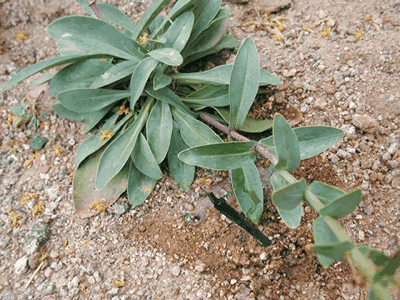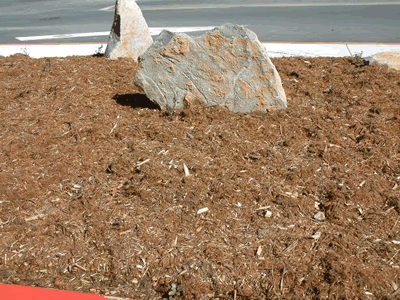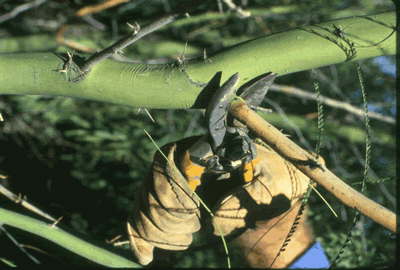“Fabulous Fall”– Are You Ready?
Cooler temperatures are just around the corner, reminding us that before long winter will be here. Here are some simple tips to help you get your landscape in shape for the best gardening season of the year.
Adjust Your Watering Schedules – Deep, infrequent irrigations are always recommended when applying water to your landscape, but as temperatures cool the interval between applications will need to be increased. Dormant Bermuda lawns only need to be watered once a month in the winter. If you have chosen to plant a winter rye lawn, once it is established only apply water once a week. Check out year-round watering schedules in the software.

Check Your Irrigation System – Emitters may become clogged, and irrigation lines can develop leaks. Troubleshooting your system will enable you to replace clogged emitters or add emitters to plants and trees that need more water as they grow. Lawn sprinklers should be checked to see that even coverage hasn’t been affected by sand or debris in the sprinkler heads.

Apply Mulches – Organic mulches will improve your soil by adding nutrients and slowing moisture loss from your plants’ root zone. They also keep tender roots warmer during the chilly winter months. Keep mulch away from trunks or main stems to avoid suffocation. Organic mulches can be covered with an inorganic mulch such as decomposed granite if you prefer. Inorganic mulch helps to slow moisture loss from the soil, but it will not add nutrients.
Weed Control – Weeds can compete with other landscape plants for water and nutrients. Remove them by hand or apply safe weed sprays. Follow usage recommendations on the package label exactly.
Fertilize Non-Native Plants – A light application of fertilizer is always better than too much, since too much fertilizer can cause excessive growth or burn plant tissue. Follow product label recommendations for non-native plants. Broadcast the product over the root zone (not next to the stem or trunk) and water deeply. Native plants usually do not require fertilizers and generally grow better without them.

This branch was damaged by frost and is being removed at the branch bark collar.
Pruning – Frosty nights may damage tender foliage on plants like lantana and bougainvillea. Wait until new growth has emerged next spring before you prune away frost-damaged stems. Prune other plants only when necessary. Pruned plants require more water and fertilizer. Blooming is reduced or eliminated when plants are repeatedly shear pruned.
Plant Replacement – If plants have died or seem to be struggling, fall is the perfect time to replace them. This gives them the entire winter season to establish a strong root system before the heat of next summer arrives. Consider planting native or desert-adapted plants. They adjust easily to our soils and climate, and require less water and maintenance.
Cathy Rymer
Water Conservation Specialist
Town of Gilbert.